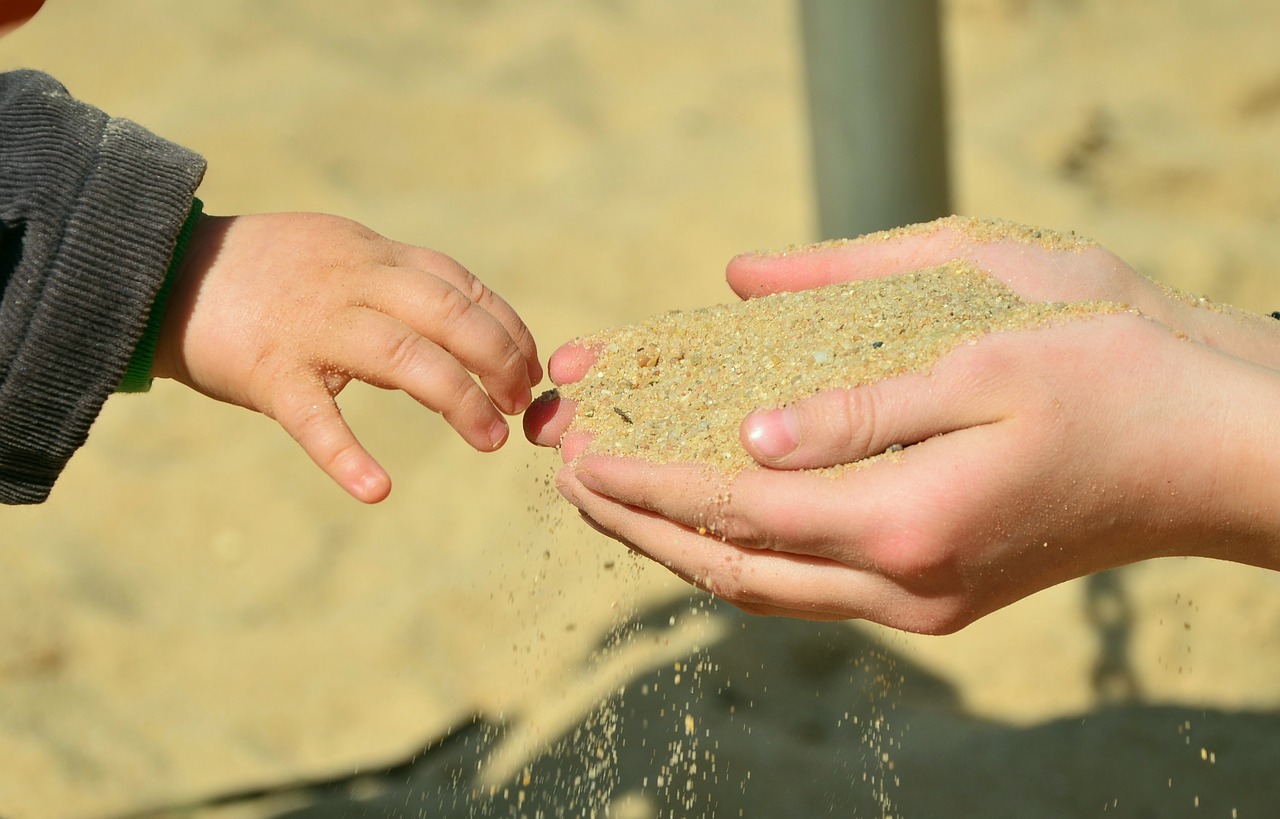Mariela Neagu, PhD student, REES Centre, Dept. of Education, University of Oxford, United Kingdom
This doctoral research is a qualitative study which looks at the life trajectories of 39 Romanian care leavers and adoptees in their 20s and it seeks to explore their experiences in different types of placement (foster care, residential and adoption) as they perceived them. During data analysis, I have paid particular attention to accounts which described the interviewees’ understanding and feelings when they went into care or when they had to change placements. The analysis of the interview data used the UNCRC as an overarching framework (Hammarberg, 1990) and the lenses of ‘threatened identities’ and ‘resilience’ in exploring the care experience. Threatened identity’ is defined by Breakwell (1986, 47) as occurring when ‘the process of identity, assimilation-accommodation and evaluation are, for some reason, unable to comply with the principles of continuity, distinctiveness and self-esteem, which habitually guide their operation’. Breakwell identifies denial and acceptance as possible coping strategies, the latter with a view to minimising the damage produced by change. According to her, the coping powers of the individual depend on their social network and membership groups. The resilience concept has been developed in an attempt to understand children’s different reactions to adversity. Gilligan (2008, 37) defines it as ‘a person faring better than it might be expected in the face of serious adversity.’ This paper will contribute to a better understanding of how discontinuity in care is perceived by children and whether it has an impact to the quality of the new placement.
Key-words: care leavers’ voices, threatened identities, resilience, types of placement.
